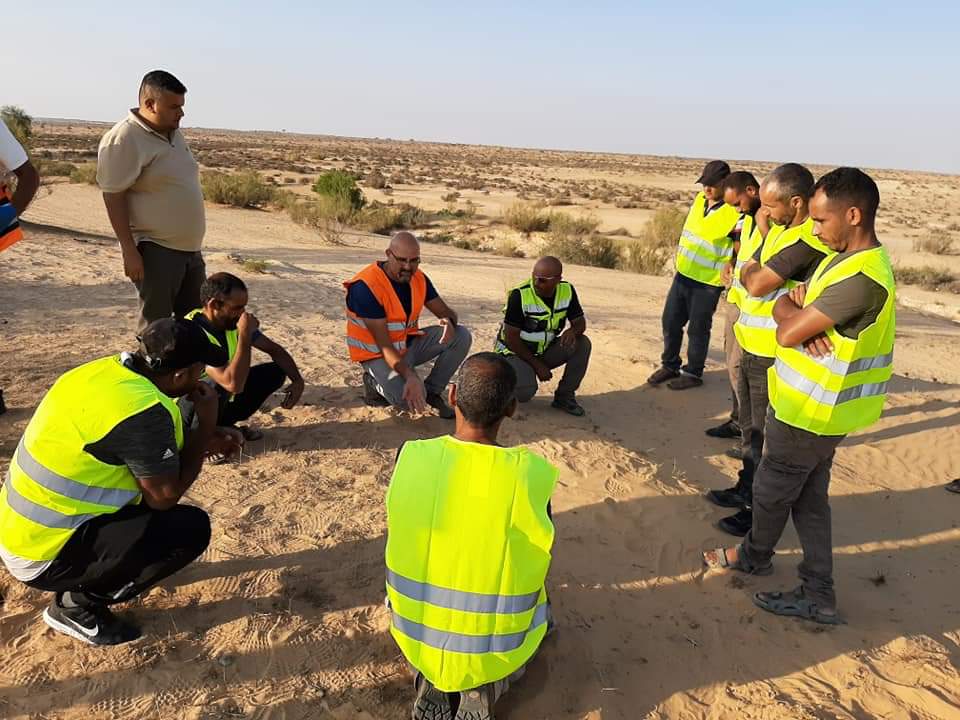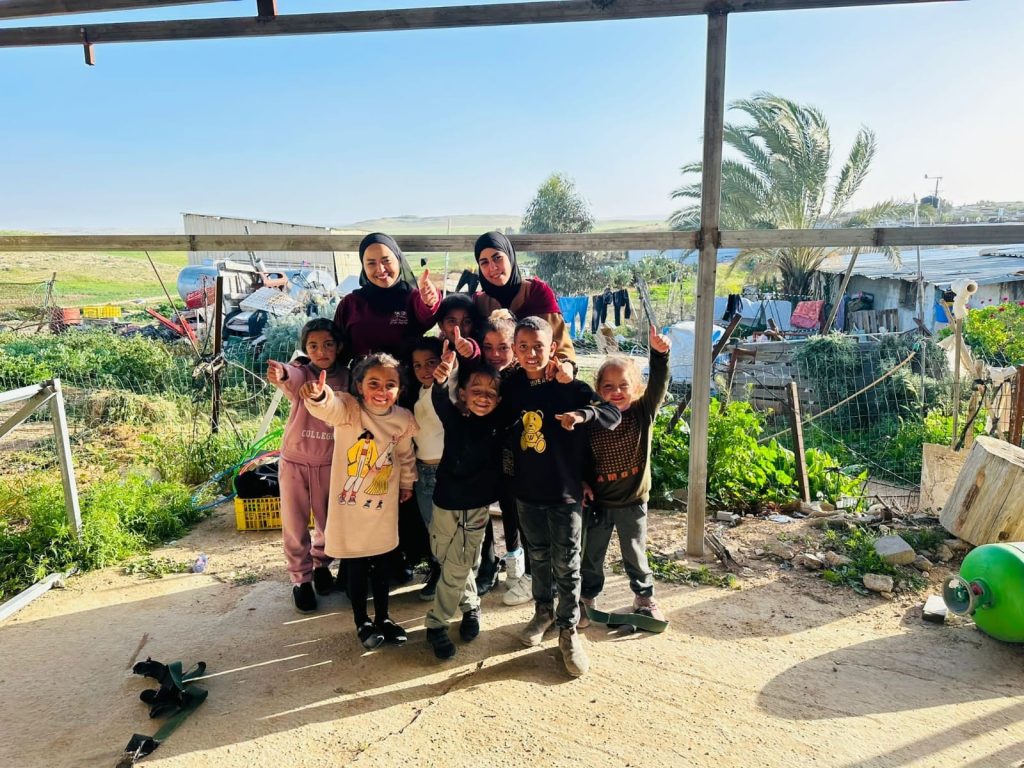
In the field of community development, AJEEC-NISPED works to increase community resilience, strengthen local leadership, and develop and build infrastructure in the community, while building a path for sustainable community prosperity in the communities we work with.
The field of community development includes the organization’s work in the Emergency Center–an inter-sector regional organization that leads the work in the Negev in times of crisis and distress, the establishment and accompaniment of local resident resilience teams, in partnership with the local authorities (or as in the unrecognized villages, where there is no authority to do that, local and regional projects of developing and building community capacities) as well as our flagship program, the project to develop community infrastructures in the unrecognized villages in the Negev.
As part of this project, which is an upgrade and direct continuation of more than a decade of work in the unknown villages, we locate, train and accompany a (paid) local community coordinator who is responsible for leading a community process of mapping needs, strengths and challenges, building a local work plan and working to fulfill it, including establishing an physical anchor in the community that will enable community activity with an emphasis on informal education, access to official services, and more. This program develops the possibility of having activities in the community by orders of magnitude and in areas that have not been possible until now, as well as strengthening community, resilience, and promoting the reduction and prevention of risk to the community.



The project started operating recently in 6 unrecognize villages in the Negev (Tel Arad, Alsara, Alzarnog, Wadi Elneam, Aljara and Hashem Zana). Later, with the establishment and fine-tuning of the model, we aim to expand to more unknown settlements in the Negev.
About life in the unrecognized villages in the Negev:
There are 42 unrecognized settlements in the Negev with an estimated population of 140,000 residents who face poverty and social exclusion and many personal and communal damages caused by the lack of recognition: the lack of infrastructure and services, environmental hazards, frequent house demolitions, and of course, the complete lack of protection to deal with security threats such as rocket fire. This painful and problematic reality makes the population of the unrecognized villages particularly vulnerable, which is reflected in high infant mortality and child injury rates, as well as high rates of disease and birth defects. These multiple challenges affect both the quality of life and life expectancy of the residents of the villages and their ability to integrate socially: to acquire an education, integrate into the labor market, and function as active citizens in society.